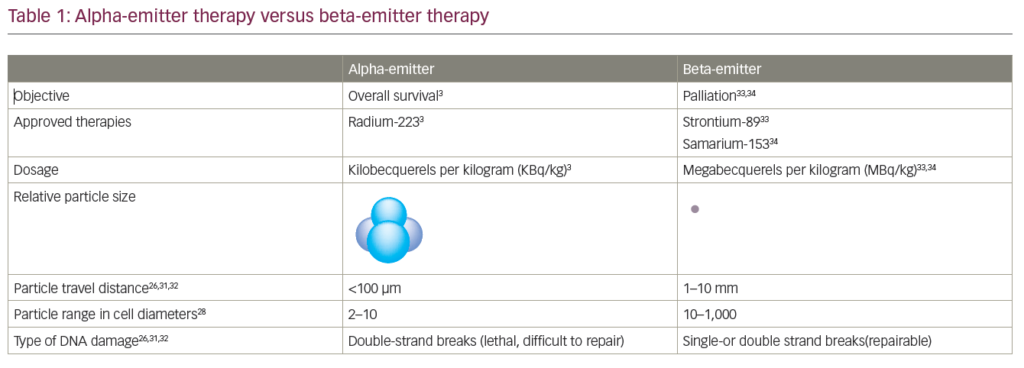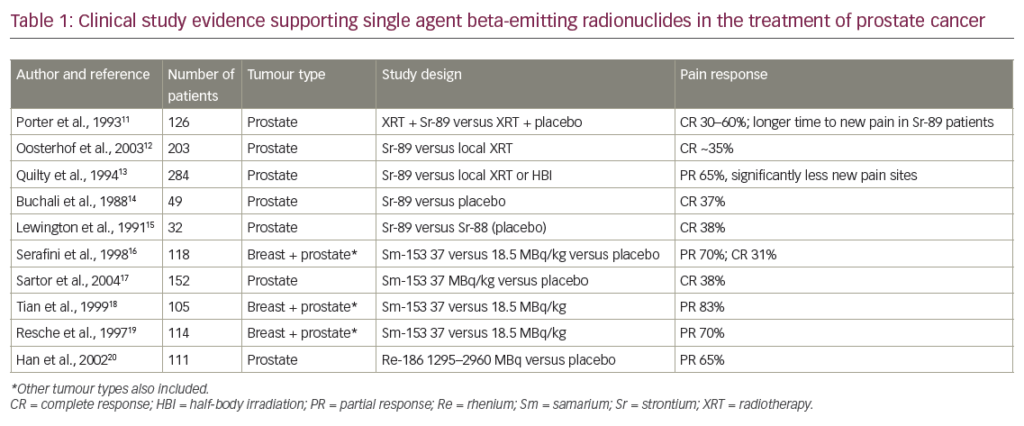Laparoscopic radical prostatectomy (LRP) was first described by Schuessler et al. in 1997; however, it was initially not widely accepted due to prolonged operative times, technical difficulty, and the apparent lack of benefit over the standard open procedure.With an improvement in operative technique and instrumentation described by Guillonneau and Vallancien in 1999, a new interest in this minimally invasive approach was stimulated in Europe and the US. Since that time, several large series of LRP have been reported, demonstrating that this method of treatment offers an acceptable alternative to the open approach, with comparable operative outcomes and perhaps reduced patient morbidity.
Indications and Pre-operative Planning
LRP, similar to open radical retropubic prostatectomy (RRP), serves as a surgical treatment option for clinically localized prostate cancer without any evidence of metastatic disease. The authors perform pre-operative staging studies, including bone scan and computed tomography (CT) of the abdomen/pelvis in patients in whom the biopsy Gleason score is 7 or greater, the serum prostate-specific antigen (PSA) exceeds 10ng/ml, or the digital rectal exam suggests significant tumor volume. These criteria also determine which patients are selected for bilateral pelvic lymphadenectomy. A new modality for detecting metastatic prostate cancer currently being investigated at the Massachusetts General Hospital (MGH) is that of magnetic resonance lymphangiography. This method utilizes high-resolution magnetic resonance imaging (MRI) with lymphotropic superparamagnetic nanoparticles to reveal small and otherwise undetectable lymph node metastases.9 This technique has a much greater sensitivity than conventional MRI or CT and may, therefore, affect who in the future is a candidate for radical prostatectomy. For the evaluation of local disease progression, endorectal MRI is performed in selected patients when there is clinical concern for high-volume disease with possible extraprostatic extension or seminal vesicle involvement.
Transperitoneal versus Extraperitoneal Approach
The two standard approaches to LRP are transperitoneal and extraperitoneal, with either technique being performed in an anatomical antegrade or retrograde fashion. Antegrade refers to the prostatic dissection progressing from the bladder neck to the apex, and vice versa for the retrograde technique. The transperitoneal antegrade approach was described and popularized by Guillonneau and Vallencien, and remains a standard approach among many surgeons. The extraperitoneal approach was initially described in 1997, and gained popularity after a case series was reported by Bollens et al. in 2001.The pros and cons of both techniques have been discussed in the literature and the chosen approach is based on surgeon preference. Transperitoneal LRP offers the advantage of a larger working space, a reduced risk of lymphocele due to peritoneal reabsorption, and potentially less tension on the urethrovesical anastamosis. Advantages of the extraperitoneal LRP include a reduced risk of bowel injury, the prevention or minimization of urinary ascites in the setting of an anastamotic leak, and a slight reduction in operative time. The extraperitoneal approach may also be beneficial in the setting of previous intra-abdominal surgery, as there is no need for the lysis of bowel adhesions, morbid obesity, as the extraperitoneal approach may shorten the distance between the trocar sites and the operative field, and simultaneous inguinal hernia repair, as this approach obviates the need to reperitonealize the prosthetic mesh. In a recent retrospective comparison of the authors’ results between transperitoneal and extraperitoneal LRP, the authors found that their operative time, positive margin rate, blood loss, and complication rates were equivalent. Drain removal and hospital discharge occurred 0.5 days earlier in the extraperitoneal group. The authors did find that a clinically significant anastamotic leak became evident slightly more often in the extraperitoneal group, although the difference was not statistically significant. It is possible that this slightly higher rate was due to a greater ease of detection in the confined extraperitoneal space. However, it appears that, despite this higher rate, the compartmentalization of the extraperitoneal space is beneficial in that it will contain any urinary extravasation, thus preventing the development of urinary ascites. Indeed, the authors found a 2.5% (three patients) rate of significant ileus in the transperitoneal group, compared with none in the extraperitoneal group.Additionally, it was noted that 5% of the transperitoneal patients in the series required significant lysis of bowel adhesions, which would have been unnecessary had they undergone an extraperitoneal approach. Based on these findings, the authors have continued to use the extraperitoneal approach as their preferred standard technique. One caveat is in the setting of prior laparoscopic inguinal hernia repair, in which the larger working space of the transperitoneal technique is necessary to dissect and develop the prevesical space.
LRPs have been performed at the MGH since October 2001 and the extraperitoneal approach has been utilized primarily since February 2003.As of June 2003, the mean length of stay was 2.1 days in the intraperitoneal group and 1.6 days in the extraperitoneal group. The total complication rates were 10.7% for intraperitoneal and 11.8% for extraperitoneal LRP and the mean operative time was 197 minutes for intraperitoneal and 191 minutes for extraperitoneal LRP.The authors have recently begun reviewing all the LRP data from 2001 through December 2005 (unpublished data), which includes a total of 534 cases.With the addition of the two most recent years, the mean operative time is 162 minutes (range 93–320). In only one case, there was a conversion to open surgery and post-operative blood transfusion was required in nine cases (1.7%).At a mean follow-up period of 13.8 months (range two to 58 months), 83.5% of patients report full urinary continence with no pads, 14.3% report using up to one pad per day, 1.8% use two to three pads per day and 0.4% use more than four to five pads per day.With regard to erectile function, 81.6% of patients report having the ability to achieve erections sufficient for intercourse with or without oral phosphodiesterase type 5 (PDE-5) inhibitors.
Robotic-assisted LRP
In 1999, the da Vinci robot (Intuitive, Sunnyvale, CA) was introduced, providing a tool for performing laparoscopic surgery with three-dimensional (3-D) visualization and increased freedom of maneuverability with articulating instruments. The use of this device has allowed surgeons with little laparoscopic experience to more easily perform a successful LRP. Initial reports by Menon’s group demonstrated apparent improvements in complication rates, functional outcomes, and positive margin rates compared with conventional LRP and standard open RRP. Curiously, however, these numbers have yet to be reproduced by other groups with substantial robotic case series. The recent explosion in popularity and interest in this system has partly been a patient-driven phenomenon. It is clear that, like conventional LRP, the robotic-assisted LRP must be compared prospectively with standard open RRP before true conclusions about its outcomes can be made. Cost Comparisons
One question surrounding the sustainability of a new technique is that of cost. Based on published cost analyses, it is clear that there is often a significant increase in the operating room and surgical supply cost between open RRP and LRP. This difference in surgical cost is even greater with the robotic-assisted LRP. One analysis demonstrates that RRP has a per-case cost advantage of US$487 over conventional LRP and US$1,726 over robotic-assisted LRP. From a societal standpoint, a cost benefit for LRP may also ultimately be seen in a faster return to work and reduction in productivity loss.These societal benefits, however, would not affect the immediate finances of a health system attempting to compete in the marketplace.
Conclusions
Over the past several years, LRP has been gaining acceptance within the urologic community as an alternative to standard open RRP for treating localized prostate cancer. Analyses suggest that LRP offers comparable operative, functional and oncologic outcomes, with a possible reduction in post-operative morbidity. Prospective clinical analysis will be essential in evaluating the efficacy of this technique as a new standard of care for treating localized prostate cancer.















